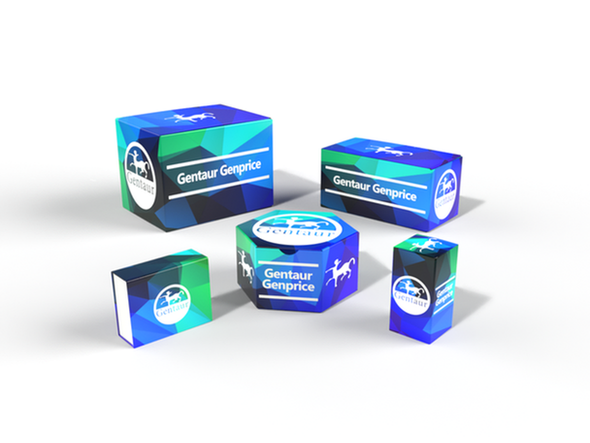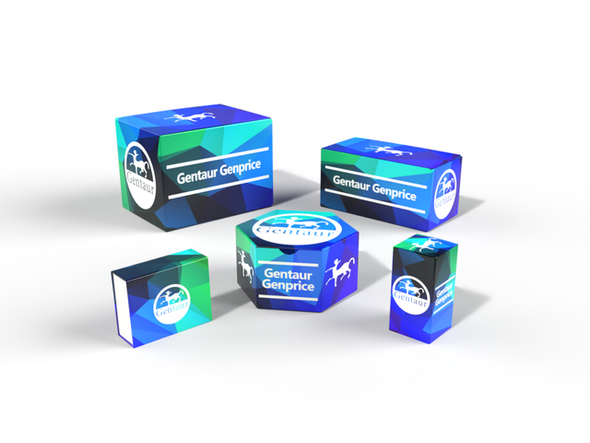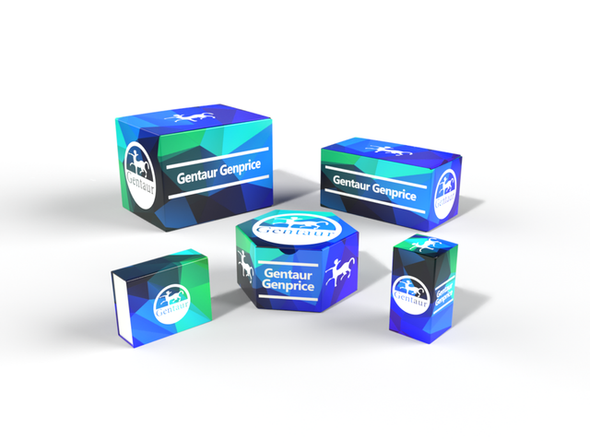740
Horse Transforming growth factor β1 (TGF-β1) ELISA Kit | AE17179HO
- SKU:
- 740-AE17179HO
- Availability:
- Usually ships in 5 working days
Description
Horse Transforming growth factor β1 (TGF-β1) ELISA Kit | AE17179HO | Gentaur UK, US & Europe Distribution
Species Reactivity: Horse (Equus caballus; Equine)
Abbreviation: TGFB1
Alternative Name: CED; DPD1; LAP; TGFB; TGFbeta; TGF-beta 1 protein|latency-associated peptide
Application: ELISA
Range: Request Information
Sensitivity: Request Information
Intra-Assay: ≤6.1%
Inter-Assay: ≤9.2%
Recovery: 0, 97
Sample Type: Serum, Plasma, Other biological fluids
Detection Method: Sandwich
Analysis Method : Quantitive
Test Principale: This assay employs a two-site sandwich ELISA to quantitate TGFB1 in samples. An antibody specific for TGFB1 has been pre-coated onto a microplate. Standards and samples are pipetted into the wells and anyTGFB1 present is bound by the immobilized antibody. After removing any unbound substances, a biotin-conjugated antibody specific for TGFB1 is added to the wells. After washing, Streptavidin conjugated Horseradish Peroxidase (HRP) is added to the wells. Following a wash to remove any unbound avidin-enzyme reagent, a substrate solution is added to the wells and color develops in proportion to the amount of TGFB1 bound in the initial step. The color development is stopped and the intensity of the color is measured.
Product Overview: TGF-β is capable of producing a variety of effects and virtually all cell types respond to this factor in some way. The inappropriate presence of active TGF-β1 has been implicated in a variety of pathological conditions Because of the necessity for regulating its activity tightly, TGF-β is secreted by cells in the form of an inactive complex. This complex consists of TGF-β1 associated non-covalently with a protein designated the latency associated peptide (LAP) . TGF-β1 and LAP represent components of a pro-peptide that is cleaved in a post-golgi compartment prior to secretion. LAP and TGF-β1 each consist of a disulfide-linked homodimer and the association of these two components renders TGF-β1 inactive and inaccessible to anti-TGF-β antibodies.
Stability: The stability of ELISA kit is determined by the loss rate of activity. The loss rate of this kit is less than 5% within the expiration date under appropriate storage condition. The loss rate was determined by accelerated thermal degradation test. Keep the kit at 37°C for 4 and 7 days, and compare O.D.values of the kit kept at 37°C with that of at recommended temperature. (referring from China Biological Products Standard, which was calculated by the Arrhenius equation. For ELISA kit, 4 days storage at 37°C can be considered as 6 months at 2 - 8°C, which means 7 days at 37°C equaling 12 months at 2 - 8°C) .






